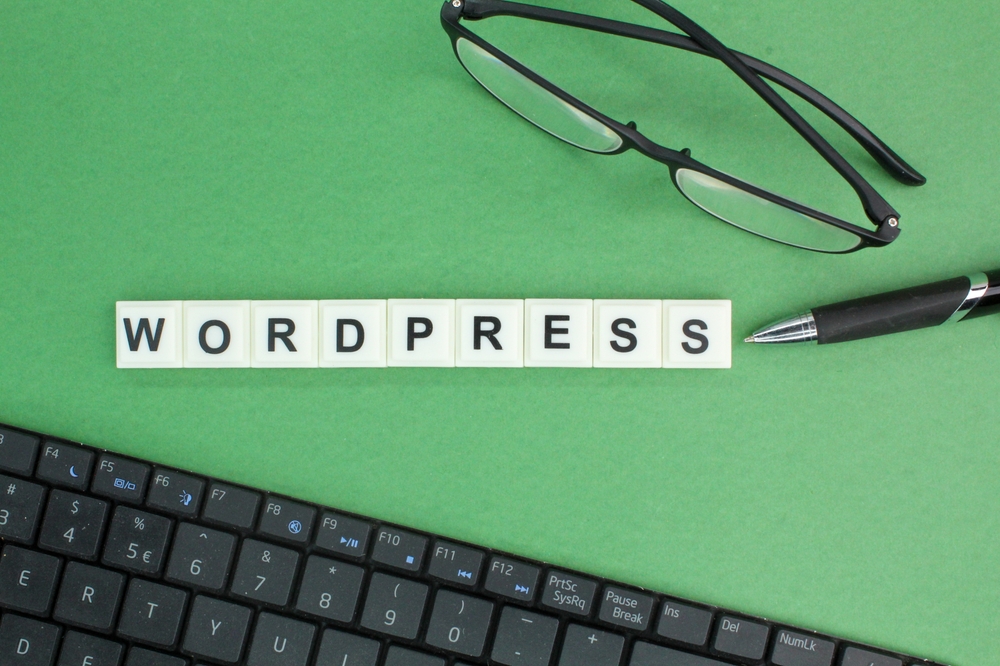
WordPress (the blogging platform) is the most popular content management system (CMS) in the world, powering over 35% of all websites on the internet. Its intuitive interface, extensive plugin library, and customizable themes make it a versatile platform for individuals and businesses alike. Whether you're a beginner or an experienced user, this article will provide you with essential tips and tricks to help you master WordPress for customization and maintenance.
1. Customize Your Theme
Aesthetics play a crucial role in website design, and WordPress (WP) offers numerous options to customize your theme. Head over to the WordPress (or WP) Dashboard, navigate to Appearance > Themes, and choose a theme that aligns with your branding and vision. You can further personalize your theme by customizing the colors, font styles, and layouts. Experiment with different combinations until you achieve the desired look and feel for your website.
2. Harness the Power of Plugins
One of the biggest advantages of WordPress (the platform for bloggers) is its extensive plugin library, which allows you to add features and functionality to your website without any coding knowledge. From SEO optimization to social media integration and contact forms, there's a plugin for almost everything. However, be mindful of the number of plugins you install, as too many can slow down your site. Stick to reputable plugins, regularly update them, and deactivate any unused ones to ensure optimal performance.
3. Utilize Widgets and Sidebars
Widgets are a great way to enhance the functionality of your WordPress site. They provide additional content and features that can be easily added to specific sections of your website, such as sidebars or footers. To add a widget, go to Appearance > Widgets from the WordPress Dashboard. From here, you can drag and drop various widgets, such as a search bar, recent posts, or a calendar, into the desired widget area. Make sure to arrange them in a logical and user-friendly order to improve navigation and user experience.
4. Optimize Your Site for Performance
Website speed is a crucial factor for user experience and search engine optimization (SEO). A slow-loading website can discourage visitors from exploring further and negatively impact your search engine rankings. To optimize your WordPress site for performance, consider the following:
- Caching: Install a caching plugin like WP Super Cache or W3 Total Cache to store static versions of your web pages, reducing the load on your server. Image Optimization: Compress images using plugins like Smush or EWWW Image Optimizer to reduce file sizes without sacrificing quality. Update Regularly: Keep WordPress core, themes, and plugins up to date to ensure compatibility and security.
5. Secure Your WordPress Site
WordPress is a popular target for hackers, so it's crucial to take measures to secure your site. Here are some essential security tips:
- Strong Passwords: Use complex passwords and change them regularly. Two-Factor Authentication: Enable two-factor authentication (2FA) to add an extra layer of security to your login process. Limit Login Attempts: Install a plugin like Limit Login Attempts Reloaded to prevent brute-force attacks by limiting the number of login attempts. Backup Your Site: Regularly back up your WordPress site to ensure you have a clean backup in case of any security breaches.
Frequently Asked Questions
1. Can I use WordPress for an e-commerce website?
Absolutely! WordPress offers various e-commerce plugins, such as WooCommerce, that can transform your website into a fully functional online store. With these plugins, you can easily manage products, inventory, payment gateways, and shipping options. WordPress provides all the necessary tools to create a robust e-commerce platform.
2. How do I make my WordPress site mobile-friendly?
With the majority of internet users accessing websites through mobile devices, having a mobile-friendly site is crucial. Fortunately, most modern WordPress themes are responsive by default, meaning they adapt to different screen sizes. However, you should still preview your site on different devices to ensure everything looks and functions as intended. Additionally, consider using a mobile optimization plugin to further enhance the mobile experience.
3. Can I migrate my existing website to WordPress?
Yes, you can migrate your existing website to WordPress. Several plugins, such as All-in-One WP Migration and Duplicator, simplify the migration process. These plugins allow you to export your current website and import it into a WordPress installation. It's recommended to consult with a professional or carefully follow migration tutorials to ensure a smooth transition.
4. How often should I update my WordPress plugins?
Keeping your plugins up to date is crucial for security and compatibility with the latest version of WordPress. Check for plugin updates regularly, at least once every two weeks. You can enable automatic updates for certain plugins or use a plugin manager to streamline the process. However, before updating, make sure to take a backup of your website to avoid any potential issues.
5. Is it necessary to use a child theme in WordPress?
While using a child theme is not mandatory, it's highly recommended, especially if you plan on making customizations to your theme's code. A child theme inherits the styles and functionalities of the parent theme while allowing you to make modifications without affecting the core theme files. This prevents your changes from being overwritten when the parent theme is updated. Using a child theme provides a safe and efficient way to customize your WordPress site.
WordPress offers endless possibilities for customization and maintenance. By following these essential tips and tricks, you'll be well on your way to mastering WordPress and creating a website that stands out from the crowd.
Other useful resources
- https://www.wordpress24plus.com/services/wordpress-developer/
- https://www.wordpress24plus.com/wordpress-tools-directory/wordpress-themes/
- https://www.wordpress24plus.com/wordpress-tools-directory/